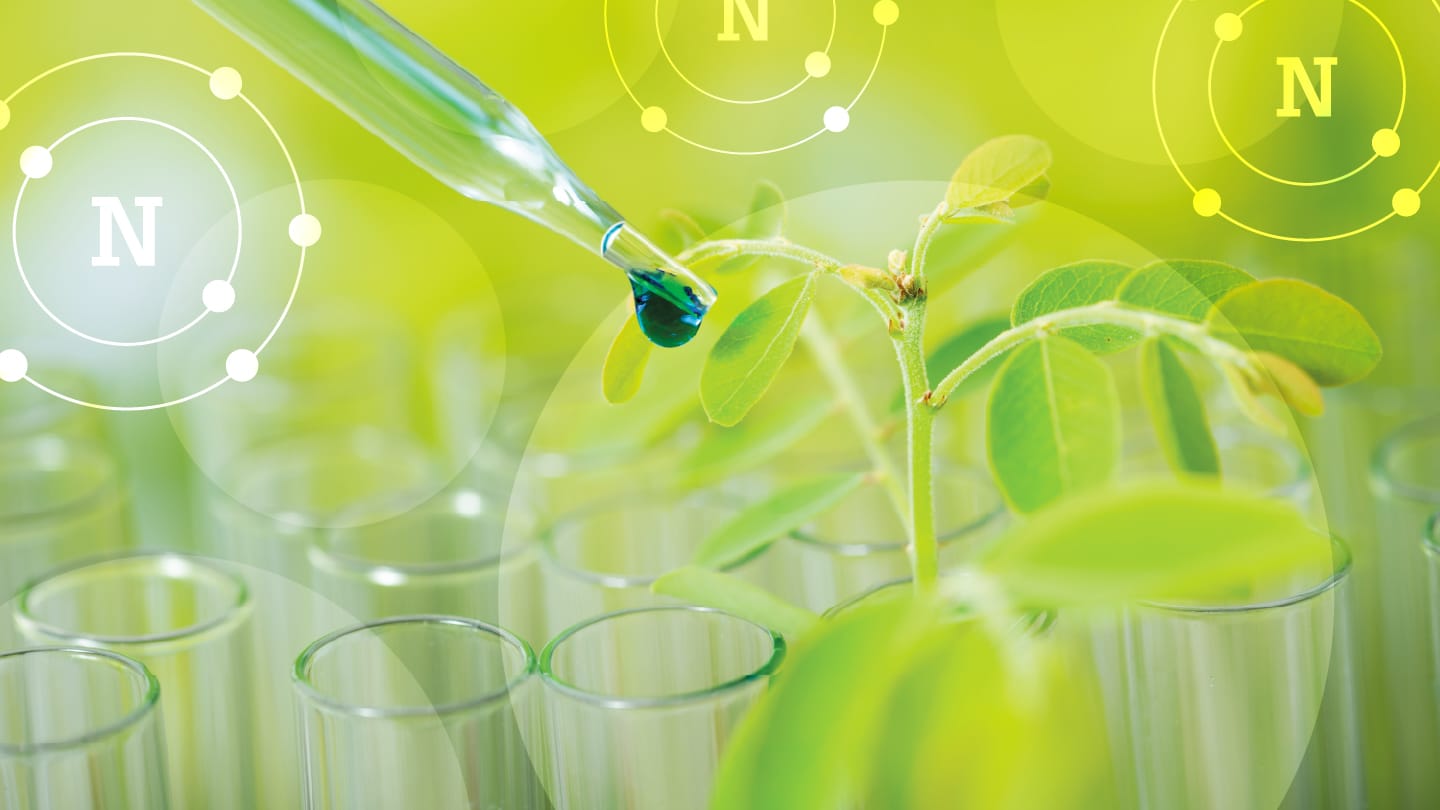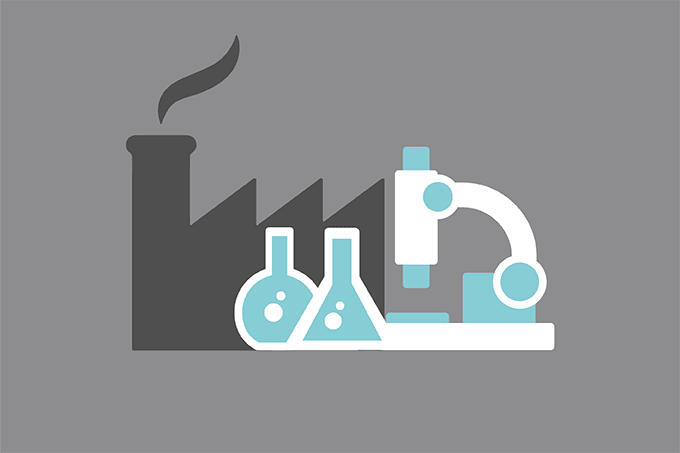A new approach for ammonia production can bypass fossil fuels using electricity from renewable sources to combine nitrogen gas and water, researchers from the University of Bonn, Germany, have found. The process – detailed in Nature Communications – uses a lithium-mediated electrochemical setup to synthesize ammonia (NH₃) from atmospheric nitrogen (N₂), with water as the hydrogen source.

Ammonia, a cornerstone of synthetic fertilizers, is still mostly produced via the century-old Haber-Bosch process, which requires high temperatures and pressures. It also consumes vast quantities of methane, accounting for nearly 2 percent of global energy consumption and greenhouse gas emissions. “The Haber-Bosch process is extremely energy-intensive,” said lead author Nikolay Kornienko, in a press release. “In order to achieve the goal of a sustainable and climate-neutral society, the search for alternative ammonia synthesis processes is a priority.”
The lithium-mediated nitrogen reduction reaction (LiNRR) is regarded as one of the most viable electrochemical alternatives, but typical systems rely on organic alcohols or even decomposing solvents as hydrogen donors, limiting practicality and sustainability. The group addressed this issue by incorporating a palladium (Pd) foil that acts as both an electrode and a hydrogen-permeable membrane. The membrane separates two chambers – one aqueous, where water is split to generate hydrogen atoms, and one anhydrous, where Li metal reacts with N₂ to ultimately yield NH₃.
To verify that hydrogen was indeed sourced from water, the researchers used isotopic labeling and monitored product composition via infrared spectroscopy and mass spectrometry. Substituting heavy water (D₂O) led to the formation of deuterated ammonia (ND₃), confirming successful transfer of hydrogen atoms across the palladium barrier into the reactive lithium-nitrogen layer. Control experiments further verified that the reaction products matched expectations based on the isotopic source.
While current yields remain far below industrial requirements, the study establishes a viable mechanism for coupling water splitting with lithium-mediated nitrogen reduction in a two-compartment electrochemical system. Kornienko and his team now aim to improve reaction rates and selectivity, with the broader goal of replacing methane-driven ammonia production with a process powered entirely by renewable electricity.




